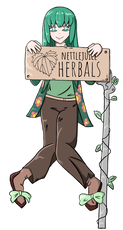|
7/31/2020 3 Comments Sitting with the plants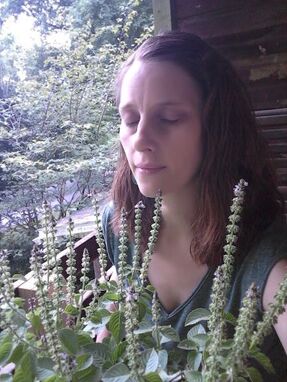 I sit myself down with a plant, get comfortable, get quiet. I close my eyes, take a deep breath, and another. I let everything settle. I bring my attention to my headspace, acknowledge that this is where I reside most of the time, and then slowly move down into my heartspace. This is where we must come from in our communication with the plants. In my Folk Herbalism course, I teach students how to open themselves up to communication with the plants. It is a simple exercise, but it can take a giant leap of faith for many people in our society. Ever since the days of Descartes, we have been taught to look at the non-human world as inanimate, soul-less. We alone hold the keys to intelligence on this planet. It is a profoundly lonely worldview, but one that allows us the guilt-free convenience of doing just about anything we please to the rest of life as we know it, or at least as we believe it to be. This worldview has become so ingrained in our psyche that most people feel foolish and self-conscious just talking to plants. Asking them to listen for a reply is like asking them to say hi to our imaginary friend. It is so far out of their comfort zone that they begin to question our sanity. The exercise becomes all the more difficult when we understand that non-human communication is most often not in the form or words or thoughts, but feelings, images, impressions. How many of us are in touch with our feelings, or trust our intuition? Are we beginning to grasp the size of the leap here?
Back to me and my plant ally... I am now settled into my heartspace. I begin to reach out from there and extend toward the plant being. When I sense the plant's energy I stop and ask permission, then wait. Usually a feeling of welcome lets me know communication is possible. Occasionally an uncomfortable feeling tells me to try again another time. (We need to trust these feelings.) I feel welcome and proceed, opening my eyes and gazing with soft vision, wide to the periphery, and slightly unfocused. I open myself up to receiving whatever is offered. This may come in the form of felt sense in the body, a strong emotion, a memory, a sound, or something visual. It may come in the form of words in my thoughts, but not often. I don't judge. Everything is communication as long as I am open to the plant being in my heartspace. The first time someone open's themself up in this way can feel very vulnerable. We learn to put up shields and barriers of protection around our hearts, often from a very young age. Letting them down, even for something we are not totally convinced is at all sentient, can feel too dangerous. For some, it may take some practice to get open enough to receive communication. For others, the challenge may be in trusting that what we receive is actually valid, that we are not "making it all up". There is no simple solution here. Just like anything else, the more one practices, the easier it gets, and the more we begin to trust our experience. Our trust is built as we receive validation through future communications, sharing our experience with others, and working with the plants in our practice. For me, the validation keeps coming as I witness folks who never sat with a plant before receive such powerful communications that we are brought to tears. Pleurisy root brings out the grief of a mother who had to flee her homeland and knows her children will never experience the life she knew. Lavender playfully tells a woman that her bra is too tight and she needs to loosen up. When the communication is received, and accepted as valid, our worldview is forever changed. We can no longer pretend we are alone in our intelligence, or that our form of intelligence is the only form. We have opened ourselves up to what indigenous peoples on this planet have always known, that the earth is bursting with sentient, intelligent life, that we are not meant to be cut off from relationship with that life, and that all of it is just as valid we are. For me as an herbalist, it means that plants are not taken for their medicine without a deep reverence. Gratitude is offered, sustainable practices are maintained, and the lines of communication are kept open so that relationship is maintained. I tell my students that as plant workers our first responsibility is to the plants. If we are asking to use their medicine, we had better make sure we are operating in right relationship as co-creators and not simply as takers. Knowing that on an intellectual level can help us stay ethical in our practice. Knowing it on an experiential level is even better.
3 Comments
7/2/2020 5 Comments Lessons Learned from CompostGuest post by Tiffany Robbins
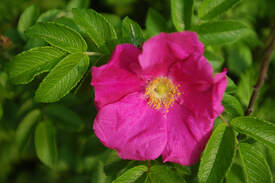 In a vision I saw a rose bloom in my heart. The soft, tender petals gently softened my own heart, releasing the hardness that had formed like a shield. The rose opened, and invited my own heart to open. But before vulnerability to set in, a wall of thorn rose up around my heart space, protecting the soft center, allowing it to remain open without fear. This is my rose medicine. In times of great distress, whether it be personal heartache, or greater events that we experience as a people, heart-nourishing herbs can be wonderful allies. The herbs that support our heart centers, both physical and emotional, should be in everyone's materia medica. These plants cannot take away our pain... we still need to move through it, process it, but they can soften the blow, help us feel protected and supported under a weight that bears heavy on the heart. Our hearts are our primary organs of perception. The felt sense we experience in heart communication, whether that be with other humans, animals, plants, or the land itself, informs us and makes us wiser than our mental communication ever could. But keeping that heart communication open requires keeping our hearts open. When we are hurt, traumatized, or simply living through crisis that seem unbearable, we may wish to close our hearts down to protect ourselves from feeling further pain. But this also serves to close off our heart communication with the living world around us. Keeping these lines of communication open is not only important for our individual health and well-being, but it is essential for the well-being of the planet. For only people with wounded, closed-down hearts can possibly act destructively to the life support system of our living world without inflicting pain upon themselves in the process. For this reason, I consider the heart protectors to be among the most important medicine in herbalism. Rose Roses have been a symbol of the heart for ages. We give roses to show our affection for someone. But the heart medicine of rose goes much further than romantic love. Roses help us to keep our hearts open, especially when we are wounded by trauma, so we can stay connected to those around us, allowing them in instead of shutting them out. But rose is also protection medicine (those thorns are no joke). In order to remain open and safe at the same time, we need good boundaries. Rose helps us learn where we need to set our boundaries... who we can allow in, what we will put up with, what we will say yes to, and when we need to say no. Rose petals can be added to teas, or taken in tincture form (they make an especially lovely glycerite). I love to distill roses into a hydrosol for internal and external use. A cooling spray of rose water can be especially lovely in the summertime. Hawthorn Hawthorn is also in the rose family, and also contains thorns. Hawthorn's heart medicine is well-know among herbalists. It nourishes, tones, and supports our physical heart, helping with all manner of cardiovascular issues from heart palpitations, to poor circulation, to high blood pressure. But hawthorn is also medicine for the emotional heart. Hawthorn's medicine can help us through times of grief, stress, and anxiety, holding us in a sacred heart space of healing (again, with strong boundaries of protection). Hawthorn leaves and flowers can be added to teas. The berries are lovely in syrups and jams, but I usually use them in tincture form, either alone or in combination with other herbs in a formula. Motherwort It has been said that motherwort is the plant that mothers the mother. I think all mothers everywhere can relate to times when we've felt that we have given all we have to give, but have not received what we need. Motherwort is the medicine for these times. We are reminded to take time for self-nourishment and self-love, to fill our cups, so that we have reserves to do our loving work in the work, whether that be caring for children, the community, or simply nurturing a project. We all have good work to do in the world, but we need make sure we are not running on empty. Motherwort is all about giving ourselves permission to meet our own needs, with love. Motherwort is very bitter and not often used in teas. The tincture can be used alone, or in combination with other herbs in formula. This year I made my first hydrosol of motherwort. The fragrance is very earthy and green. Spraying the aura and pulse points gives a subtle and lovely dose of motherwort's energetic medicine. Getting to know the medicine of these three heart healers can be so valuable. We need heart helpers, perhaps in these changing times more than ever. These statements are not meant to diagnose, treat, or cure any disease. Please do your own research before using herbs. |
AuthorApril Coburn, herbalist and founder of Nettlejuice. Archives
July 2023
Categories |
Search by typing & pressing enter

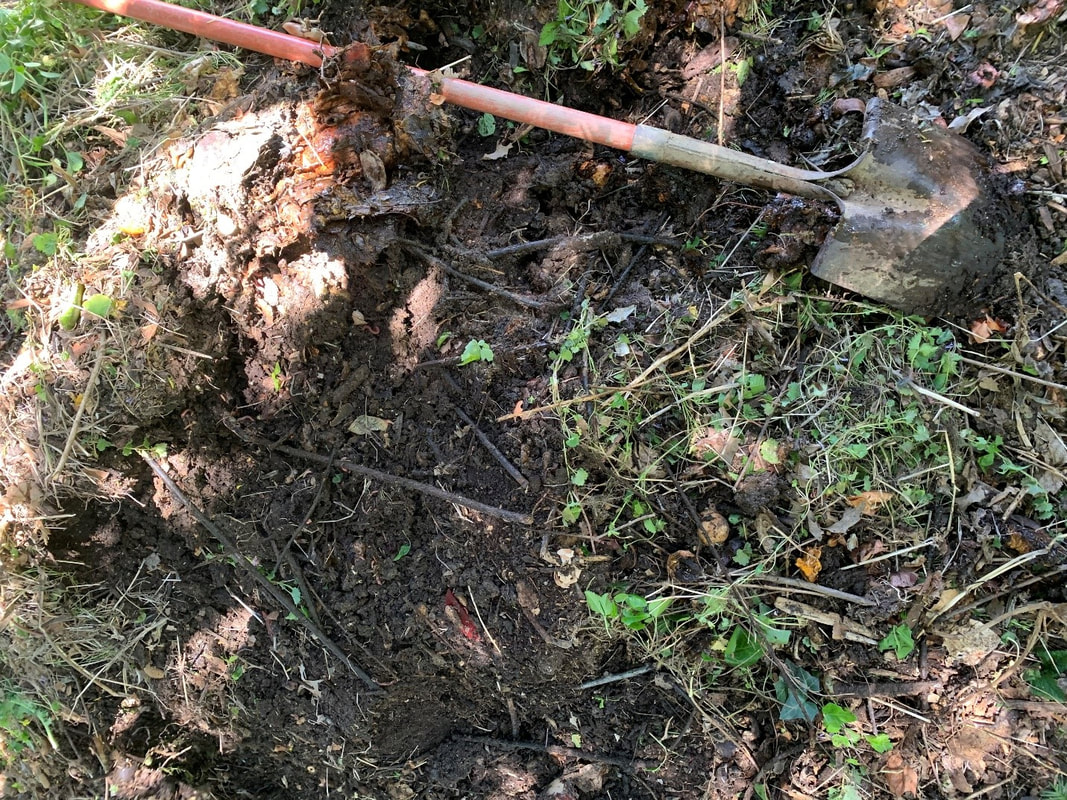
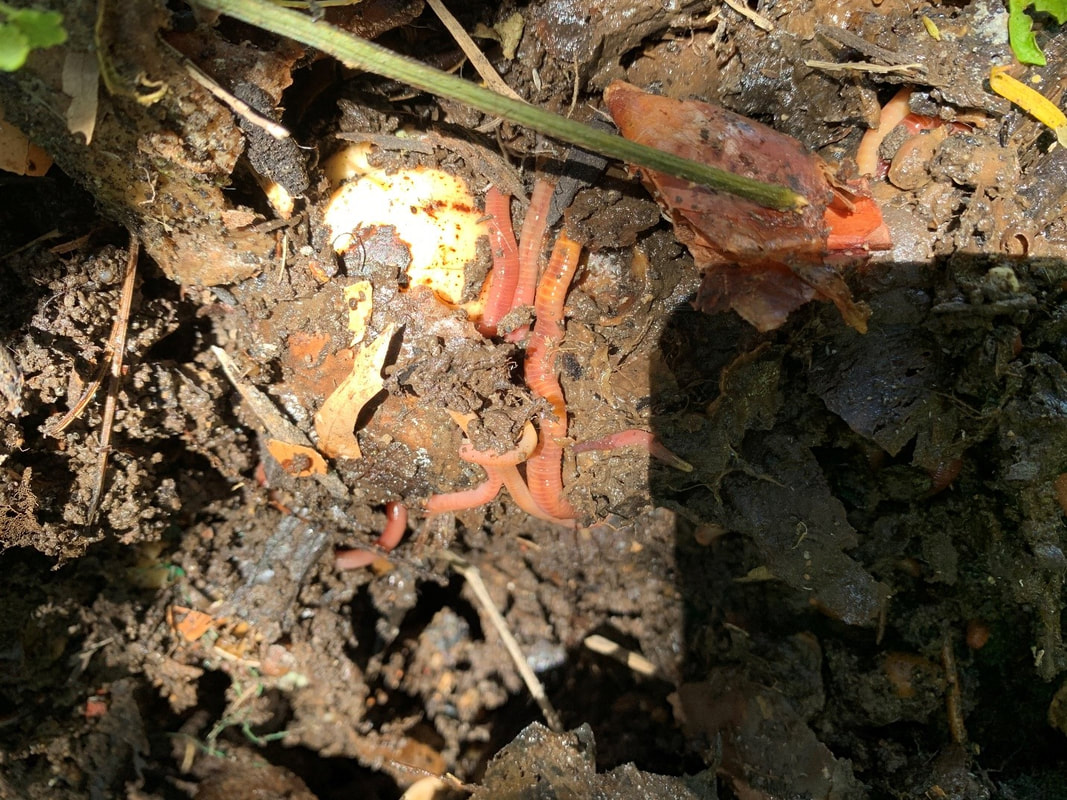
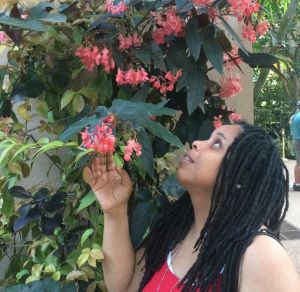
 RSS Feed
RSS Feed
